Why the US stepped in for India-Pakistan ceasefire and what it means for future crisis diplomacy
Seasoned diplomat argues the U.S. intervened after seeing India struggle to contain Pakistan, though another expert offers a different perspective
Azhar Khan
Producer, Karachi Desk
Azhar Khan is a journalist with over 14 years of experience across print, electronic, and predominantly digital media. He has recently held key editorial roles at leading media organizations.
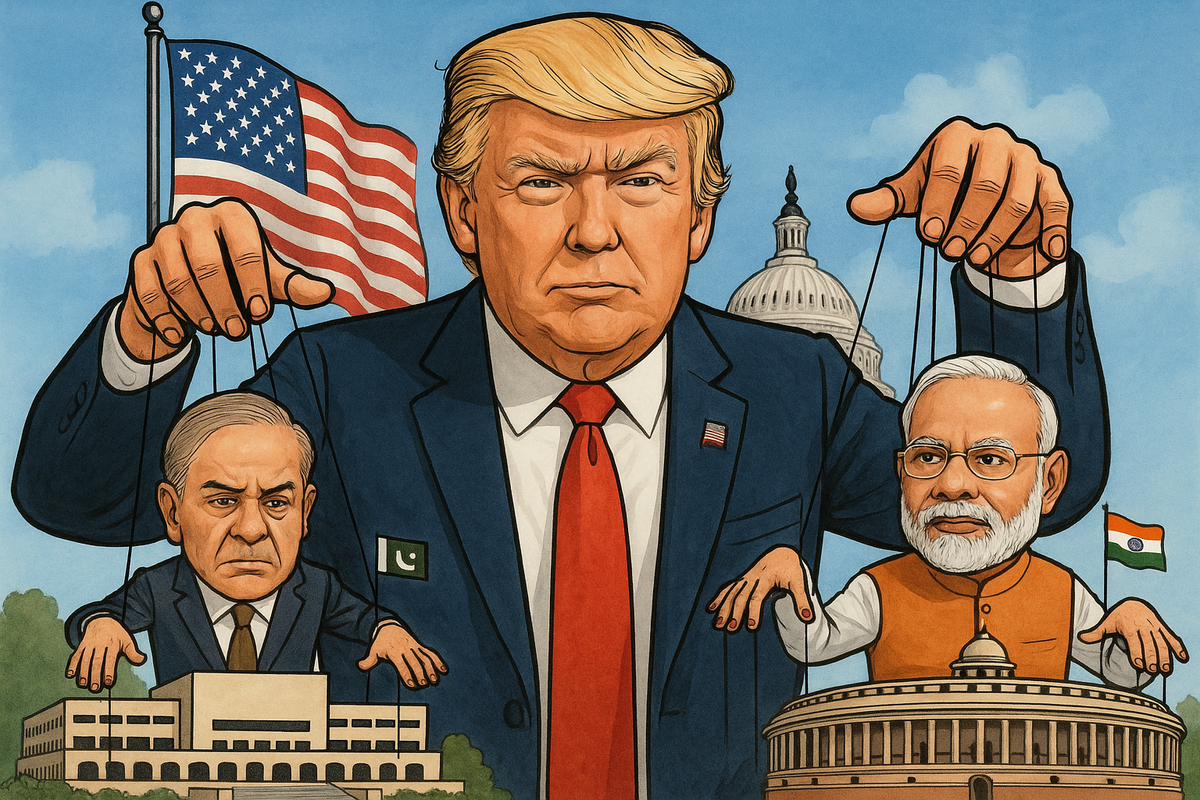
AI-generated image of U.S. President Trump shown controlling India and Pakistan’s prime ministers — symbolizing his role in defusing recent tensions.
Image credits: Raziuddin Ahmed Wani
On the tense evening of May 10, after a sleepless night marked by cross-border missile strikes and mounting unease along the India-Pakistan border, an unexpected voice cut through the global anxiety, not from New Delhi or Islamabad, but from a social media post thousands of miles away in Washington.
“India and Pakistan have agreed to a FULL AND IMMEDIATE CEASEFIRE,” announced U.S. President Donald J. Trump on his platform, Truth Social, ending days of speculation over whether the two nuclear-armed rivals were inching toward a wider war.
The message, dramatic in its directness and striking in its timing, capped off 48 hours of frantic behind-the-scenes diplomacy led by Washington. Both South Asian nations - embroiled in the worst cross-border escalation since Kargil in 1999 -- had reportedly agreed to let the U.S. take the lead in announcing the truce.
The decision to do so publicly and unilaterally revived an old question with new urgency: Why does the United States still play the role of emergency mediator between India and Pakistan - and what does that say about the institutions meant to uphold global peace?
The strategic stakes
Aizaz Chaudhry, a seasoned Pakistani diplomat while talking to Nukta, emphasized the strategic calculations behind the U.S. intervention.
Initially, the U.S. allowed India to take the lead and use force. But as the situation escalated, it became clear that India wasn’t able to achieve the decisive impact it had hoped for. Meanwhile, Pakistan's counteractions were becoming difficult for India to manage. At this point, the U.S. stepped in to prevent the situation from spiraling out of control.
According to Chaudhry, this wasn’t just about regional crisis control - it was about preserving a larger geopolitical design.
A broader gameboard
“Washington had been positioning India as a crucial partner in its broader competition with China,” Chaudhry noted. “And it realized that if India became entangled with Pakistan, it would hinder its ability to play the role America envisioned for it.”
This calculus, he added, shaped the urgency of U.S. mediation. “As tensions between India and Pakistan flared once again, the Kashmir issue came to the forefront, prompting the U.S. to offer its mediation. In the U.S.'s view, resolving the Kashmir dispute was essential to enabling India to focus on the larger objectives aligned with U.S. interests in the region.”
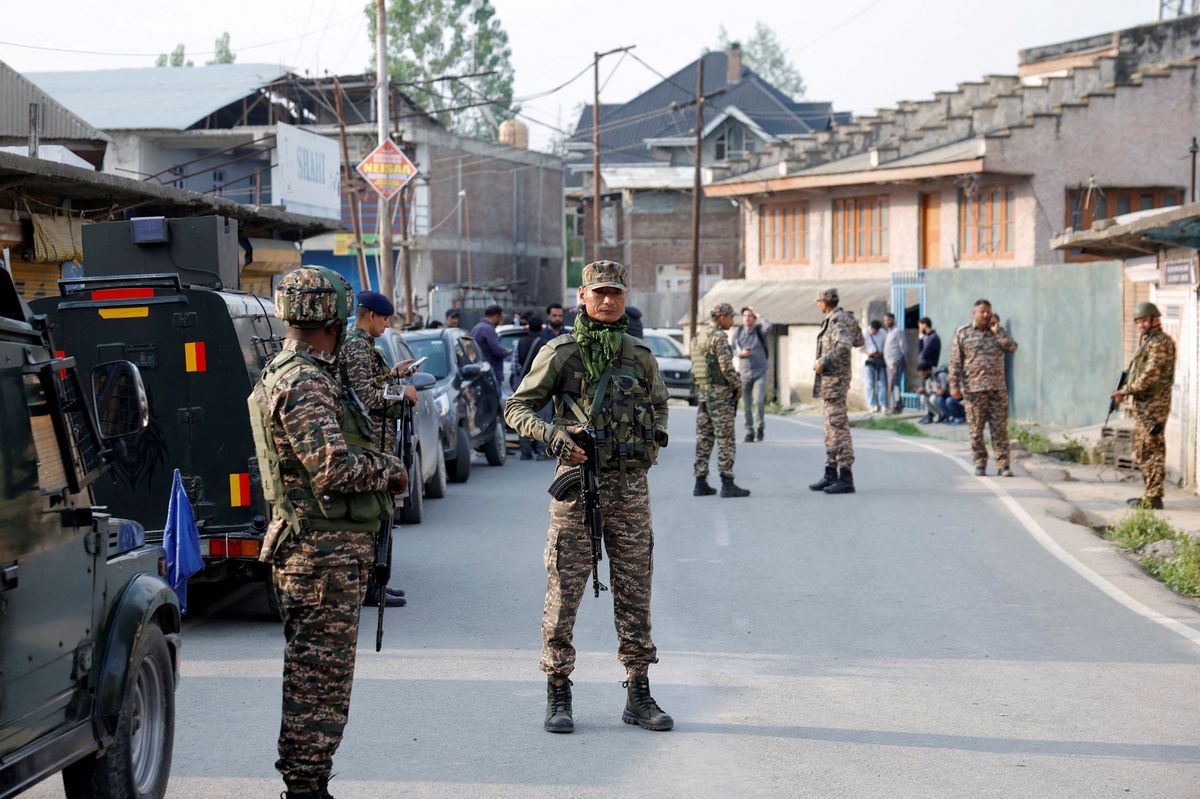
While the U.S. has not officially brokered every ceasefire, it has played a key diplomatic role in de-escalating crises, including during the 1999 Kargil conflict and the 2019 Balakot-Pulwama standoff.
Why the U.S. — again?
For decades, Washington has styled itself as a reluctant but indispensable crisis manager in South Asia. Despite shifting global priorities and calls for a multipolar world order, it was once again the White House that the subcontinent looked to when its own fault lines cracked wide open.
As Chaudhry explained, the U.S. not only prevented an immediate escalation but also reasserted its influence in a region where it has long held sway. “The U.S. sees its role as crucial to maintaining global order, and its actions reveal the kind of power imbalance that allows Washington to step in as the mediator when things go awry.”
Observers say the recent episode underscores two parallel truths: the fragility of India-Pakistan ties and the enduring vacuum of alternative mediation bodies. The United Nations, for instance, issued only a perfunctory statement of concern. There was little evidence of active engagement from other global institutions meant to preempt such breakdowns.
Where was the U.N.?
Questioning the global body’s effectiveness, Chaudhry said:
“For more than two decades now, the U.N. has lost its relevance in peace and security matters. Whether in Ukraine, Gaza, or the India-Pakistan conflict, we’ve seen little assertiveness. The U.N. still has a role to play in areas like sustainable development and climate change, but when it comes to peace and security, it's mostly reduced to issuing statements.”
He continued, “It has a responsibility to address the Kashmir issue, as it has been on its agenda for over 70 years. But with global powers opting to resolve their own issues, unilateralism is on the rise, and multilateralism — especially through the U.N. — has taken a back seat.”
A familiar flashpoint
The latest crisis began with a deadly April 22 attack in Pahalgam, in Indian-administered Kashmir, where 26 tourists were gunned down by unidentified assailants. India swiftly blamed Pakistan-based militant networks, while Islamabad called for a neutral investigation and denied any involvement.
The diplomatic fallout escalated into military action. On May 7, India launched airstrikes deep inside Pakistani territory, targeting what it claimed were “terror camps”. Pakistan struck back with a campaign it dubbed Operation Bunyān-un-Marsūs, asserting it had repelled multiple intrusions and downed Indian aircraft.
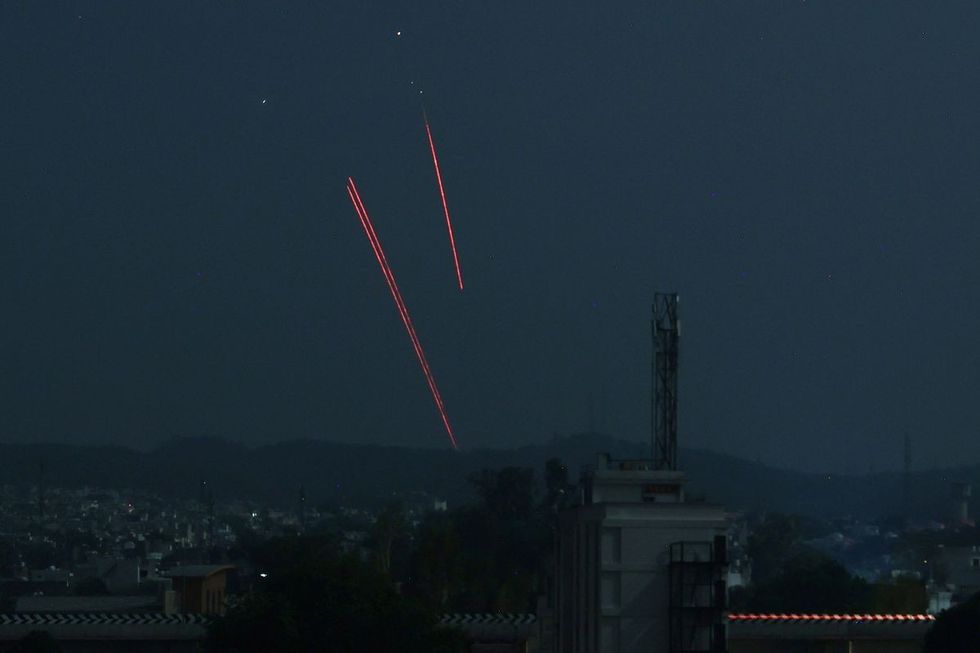
What followed was a dangerous spiral: cross-border skirmishes, civilian deaths on both sides, and the rare activation of nuclear oversight body in Islamabad — a move seen by analysts as a thinly veiled signal of how close the conflict had come to spinning out of control.
As Air Vice Marshal (retired) Shahzad Chaudhry put it in conversation with Nukta, “The world at large cannot afford a war between two nuclear-capable states. It will disrupt the international order beyond repair. Once an all-out war begins, there is no knowing where it will end. In any military conflict, there are decision points — and it seems to me that the U.S. intervened when it was clear that the conflict was headed towards a more pervasive and deadly war of destruction.”
The U.S., fearing a broader regional war with global implications, dispatched Secretary of State Marco Rubio and National Security Advisor JD Vance to lead shuttle diplomacy efforts. The final ceasefire agreement, endorsed in parallel by India’s S. Jaishankar and Pakistan’s Ishaq Dar, halted hostilities — at least for now.
What peace means now
The death toll has climbed past 50 civilians in both countries - a grim reminder that even brief military escalations come at a human cost. While airspace has reopened and formal communication lines restored, both sides remain locked in competing narratives.
India insists it acted in “measured retaliation” against terrorism. Pakistan calls the Indian strikes illegal and disproportionate. Both governments have pledged peace, but only on their own terms.
The broader concern, say analysts, is that these patterns have become ritualistic: provocation, retaliation, international panic, American intervention, fragile calm, and repeat. And each time, the path back to peace gets narrower.

As the world’s attention shifts between conflicts in Ukraine, Gaza, and the South China Sea, the India-Pakistan crisis offers a sobering reminder: the old architecture of peacekeeping and multilateral diplomacy may no longer be fit for purpose. In its place, ad hoc crisis management -- often led by a few powerful states -- is becoming the default.
A final word from Air Marshal Chaudhry serves as a chilling observation:
The emergence of the U.S. as the sole superpower meant the U.N. stood overshadowed. With no competing force, the U.S. has felt no need for any arbitration agency -- a role that the U.N. once played in the bipolar world.
For now, the ceasefire holds, and the region breathes in an uneasy calm. But if the world’s most volatile nuclear flashpoint can only be quieted by the digital decree of one global power, it raises a haunting question: when the next crisis comes, will the world still be lucky — or just dangerously dependent?


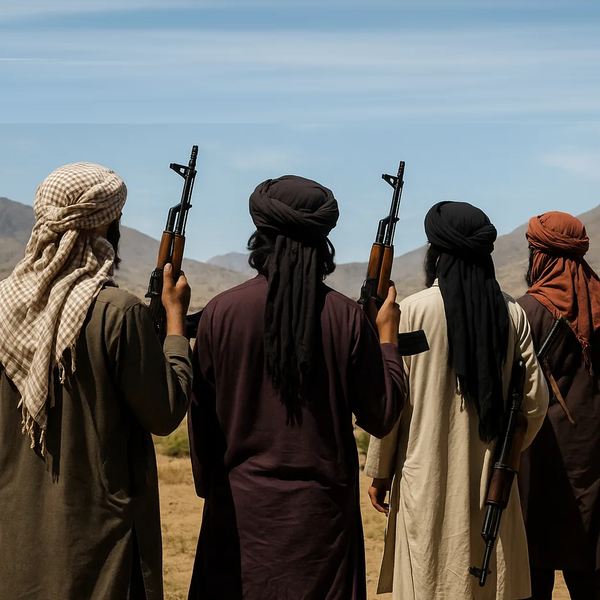


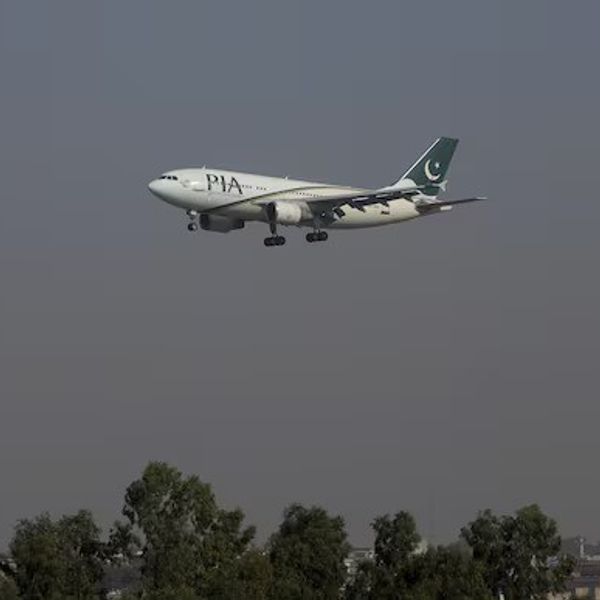
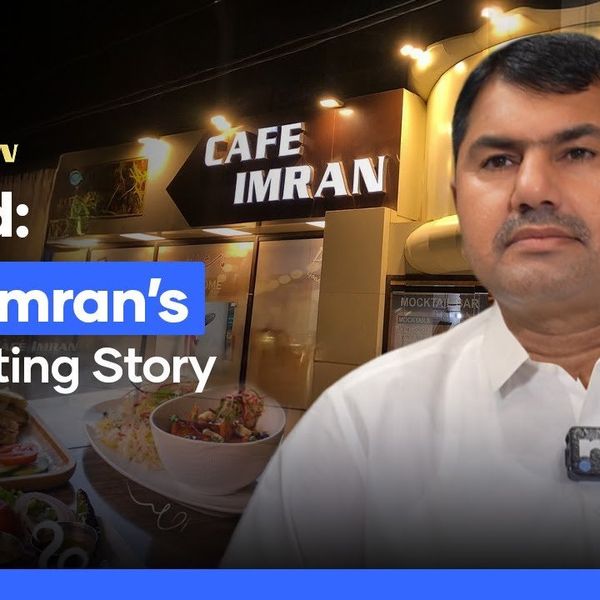
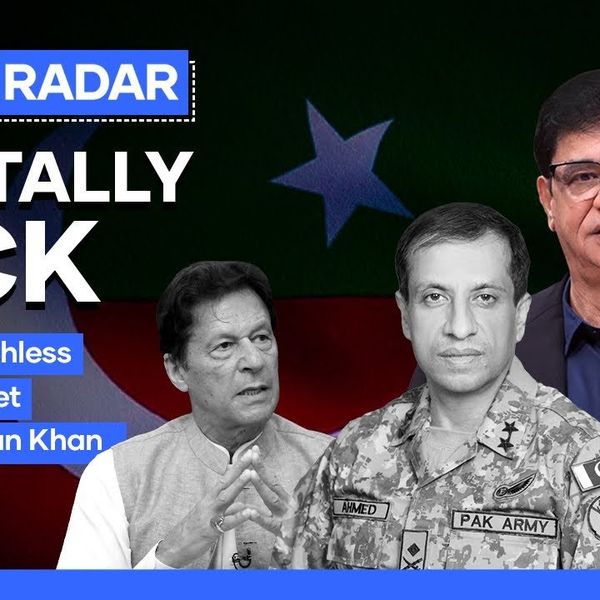


Comments
See what people are discussing